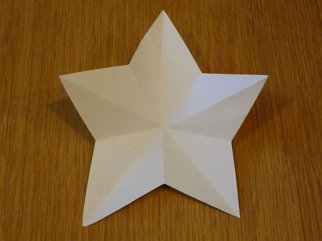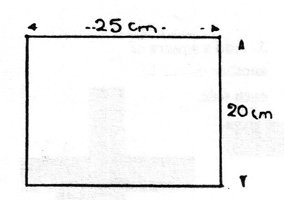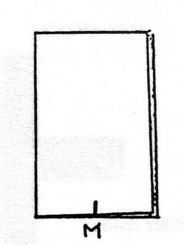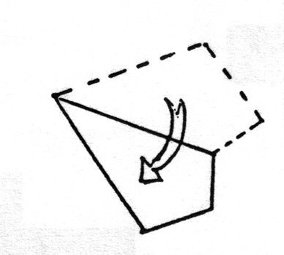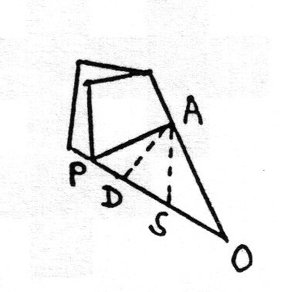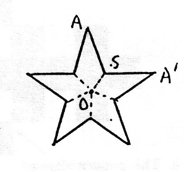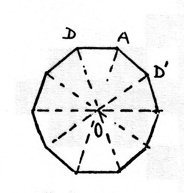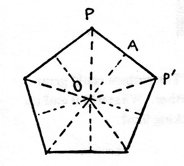Christmas gives some good opportunities for creative shape and measures activities. However, it is easy to forget the maths in all the cutting, sticking, shiny foil and glitter. Use this time to reinforce the language of shape and encourage them to measure accurately with a ruler.
This simple and rather pleasing paper folding method to create a 5-pointed star involves some measuring and certainly some good shape and angle language (right-angled triangle, bisect, acute, obtuse, regular pentagon, decagon, isosceles…).
With a slightly different cut you can also make a regular pentagon or a regular decagon.
Follow-up questions that could take the activity on further include:
Related articles:
12 days of Christmas – a maths investigation
How many presents were sent altogether by the end of the 12th Day of Christmas?
A song to start 12 Days of Christmas investigation
Hoopla Kidz has some good YouTube songs and it's 12 Days of Christmas is a nice start to this investigation
How many ways can a star be drawn?
Separate activities for KS1 and KS2 to explore this question.
12 days of Christmas – a maths investigation
How many presents were sent altogether by the end of the 12th Day of Christmas?
A song to start 12 Days of Christmas investigation
Hoopla Kidz has some good YouTube songs and it's 12 Days of Christmas is a nice start to this investigation
How many ways can a star be drawn?
Separate activities for KS1 and KS2 to explore this question.


